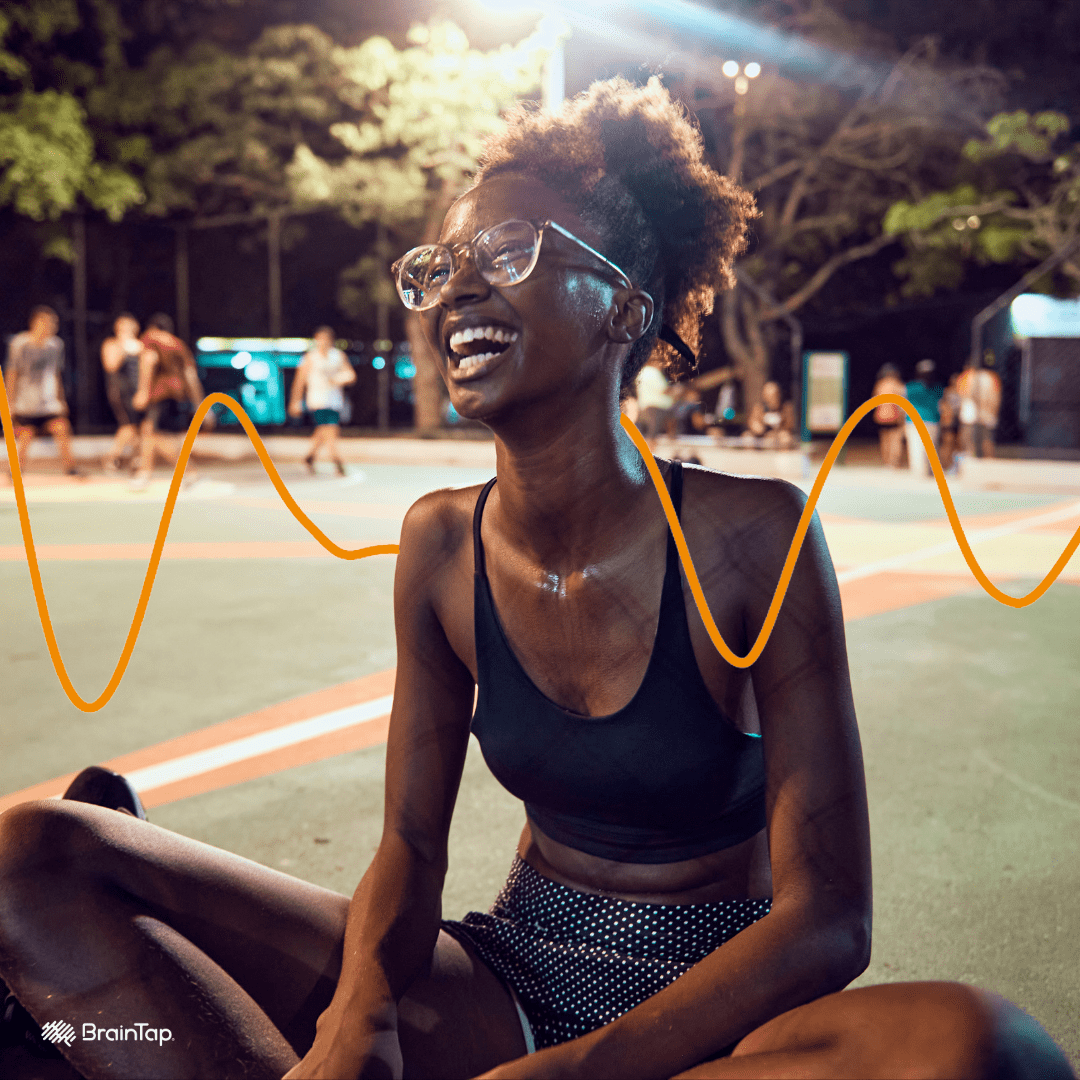Introduction
Quality sleep is the cornerstone of good health and wellness. It’s during sleep that our bodies rejuvenate, and our brains consolidate memories and repair. However, many people struggle with sleep issues, from insomnia to poor sleep quality. This is where BrainTap comes in, offering a scientifically backed solution to enhance your sleep and overall well-being.
BrainTap is a cutting-edge technology that leverages audio-visual entrainment and neuroscience to optimize sleep patterns. In this article, we’ll explore the science behind sleep, and the role of BrainTap, and share research findings that support its effectiveness.
The Science Behind Sleep and BrainTap
Understanding sleep is essential to appreciate BrainTap’s impact. Sleep is a complex process influenced by brainwave activity. Different stages of sleep are associated with specific brainwave patterns. BrainTap’s technology taps into this science, using synchronized audio and visual stimuli to influence brainwave states positively.
The neuroscientific research behind BrainTap is solid. It is designed to guide your brain into a state of deep relaxation and heightened receptivity, setting the stage for a restorative night’s sleep.
BrainTap’s Audio-Visual Entrainment and Sleep
BrainTap’s magic lies in its audio-visual entrainment techniques. Through rhythmic audio beats and synchronized visual patterns, BrainTap guides your brainwaves into the ideal state for restful sleep. This process is known as brainwave synchronization.
As you listen to soothing sounds and observe calming visuals, your brain synchronizes its activity with these stimuli. This synchronization helps you transition into the sleep stages necessary for optimal rest. It’s a natural and holistic approach to improving sleep quality.
Research and Case Studies
Research supports the effectiveness of BrainTap in improving sleep. One study, titled “Effect of Audio-Visual Brain Entrainment on Mood and Quality of Sleep: a pilot trial with university students,” revealed promising results. Participants experienced increased sleep quality and reduced stress after using BrainTap.
Another study, “Effect of a single Audio-Visual Brain Entrainment Session on Heart Rate Variability: a clinical trial with 100 adult volunteers,” conducted in Brazil, demonstrated that a single BrainTap session significantly increased heart rate variability and parasympathetic activity while decreasing stress levels.
These findings underscore the potential of BrainTap in enhancing sleep and overall well-being.
Practical Guide to Using BrainTap for Sleep
Here’s how to make the most of BrainTap to enhance your sleep:
- Consistency: Incorporate BrainTap sessions into your evening routine, ideally at the same time each night.
- Set the Stage: Create a relaxing environment in your bedroom. Dim the lights, eliminate distractions, and prepare your mind for rest.
- Choose the Right Program: BrainTap offers various programs tailored to different sleep needs. Select one that aligns with your goals, whether it’s falling asleep faster or improving sleep quality.
- Use Comfortable Headphones: Ensure you use comfortable headphones to enhance the audio experience.
- Relax and Let Go: During your BrainTap session, relax and let go of stress. Trust the process and allow your brain to synchronize with the calming audio-visual entrainment.
Conclusion
In conclusion, BrainTap offers a scientifically grounded approach to improving sleep quality. Its audio-visual entrainment techniques, backed by research, can help you achieve better sleep and overall wellness. By integrating BrainTap into your nightly routine and following our practical guide, you can unlock the full potential of restorative sleep. Don’t miss the opportunity to enhance your sleep and well-being – consider BrainTap as your companion on your wellness journey. Sweet dreams await!



